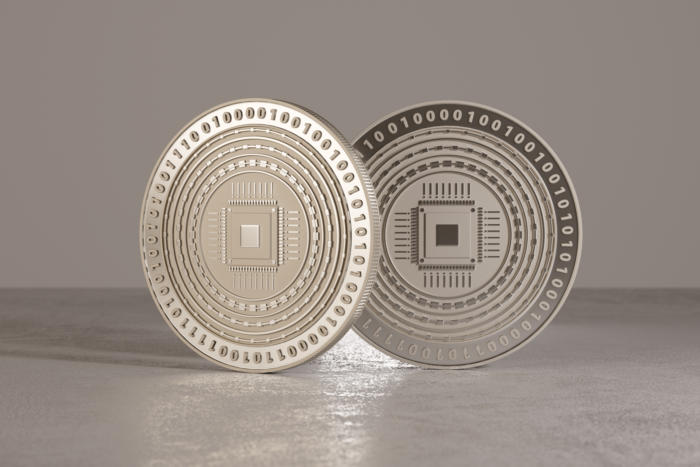The cryptocurrency market has been one of the most exciting to watch over the last year, considering its blistering returns and daily swings which can inspire panic in even the most seasoned traders.
copyright by www.cio.com
 Apart from knocking established financial markets down a peg, their rapid growth saw cryptocurrency instruments outpace gains in more traditional asset classes, garnering a cult-like following and adoration from users. Although some non-believers are eager to label to bitcoin and its contemporaries as frauds, or inside a terminal bubble, the incredible momentum of the industry accompanied by the large numbers of individuals flocking to open e-wallets and exchange accounts is impressive.
Apart from knocking established financial markets down a peg, their rapid growth saw cryptocurrency instruments outpace gains in more traditional asset classes, garnering a cult-like following and adoration from users. Although some non-believers are eager to label to bitcoin and its contemporaries as frauds, or inside a terminal bubble, the incredible momentum of the industry accompanied by the large numbers of individuals flocking to open e-wallets and exchange accounts is impressive.
Despite the tremendous growth witnessed in the space, the one area that many of these newly minted traders struggle is in regulating their emotions. As one of the primary forces that hamstrings most individuals, psychology plays a crucial role in modern investing environments, especially during the decision-making process. If anything, our own psychology is our biggest constraint in the equation, forcing errors and bad decisions often at the expense of more effective strategies. However, blockchain-based developments and distributed processing power mean that traditionally unavailable tools for resisting this paradigm are slowly making their way into the mainstream.
Distancing emotion from the investing equation
Simply put, human beings are not as disciplined as machines when it comes to decision-making, and rightfully so. Many of our decisions are the result of personal biases and emotion, with our predisposition towards rationalization filling in the blanks and disqualifying our objectivity. In the event of cognitive dissonance, the results are dramatically worse, especially when combined with investing. One of the reasons automated trading strategies have risen to such prominence so quickly is that emotions are a limiting factor for humans that machines do not encounter.
Automated trading technologies are categorically designed to remove all thinking and guesswork from the equation, boiling calculated risk down to its simplest elements. The best way to think about it is the binary decision-making inherent in if-then functions. For emotionless machines, pre-programmed functions eschew emotions in trading decisions, leading to better control of risk-reward if properly designed with predetermined entry and exit conditions for trades. If something doesn’t work, it can be reprogrammed. On the other hand, reprogramming humans is no easy feat. […]
read more – copyright by www.cio.com


The cryptocurrency market has been one of the most exciting to watch over the last year, considering its blistering returns and daily swings which can inspire panic in even the most seasoned traders.
copyright by www.cio.com
Despite the tremendous growth witnessed in the space, the one area that many of these newly minted traders struggle is in regulating their emotions. As one of the primary forces that hamstrings most individuals, psychology plays a crucial role in modern investing environments, especially during the decision-making process. If anything, our own psychology is our biggest constraint in the equation, forcing errors and bad decisions often at the expense of more effective strategies. However, blockchain-based developments and distributed processing power mean that traditionally unavailable tools for resisting this paradigm are slowly making their way into the mainstream.
Distancing emotion from the investing equation
Simply put, human beings are not as disciplined as machines when it comes to decision-making, and rightfully so. Many of our decisions are the result of personal biases and emotion, with our predisposition towards rationalization filling in the blanks and disqualifying our objectivity. In the event of cognitive dissonance, the results are dramatically worse, especially when combined with investing. One of the reasons automated trading strategies have risen to such prominence so quickly is that emotions are a limiting factor for humans that machines do not encounter.
Automated trading technologies are categorically designed to remove all thinking and guesswork from the equation, boiling calculated risk down to its simplest elements. The best way to think about it is the binary decision-making inherent in if-then functions. For emotionless machines, pre-programmed functions eschew emotions in trading decisions, leading to better control of risk-reward if properly designed with predetermined entry and exit conditions for trades. If something doesn’t work, it can be reprogrammed. On the other hand, reprogramming humans is no easy feat. […]
read more – copyright by www.cio.com
Share this: